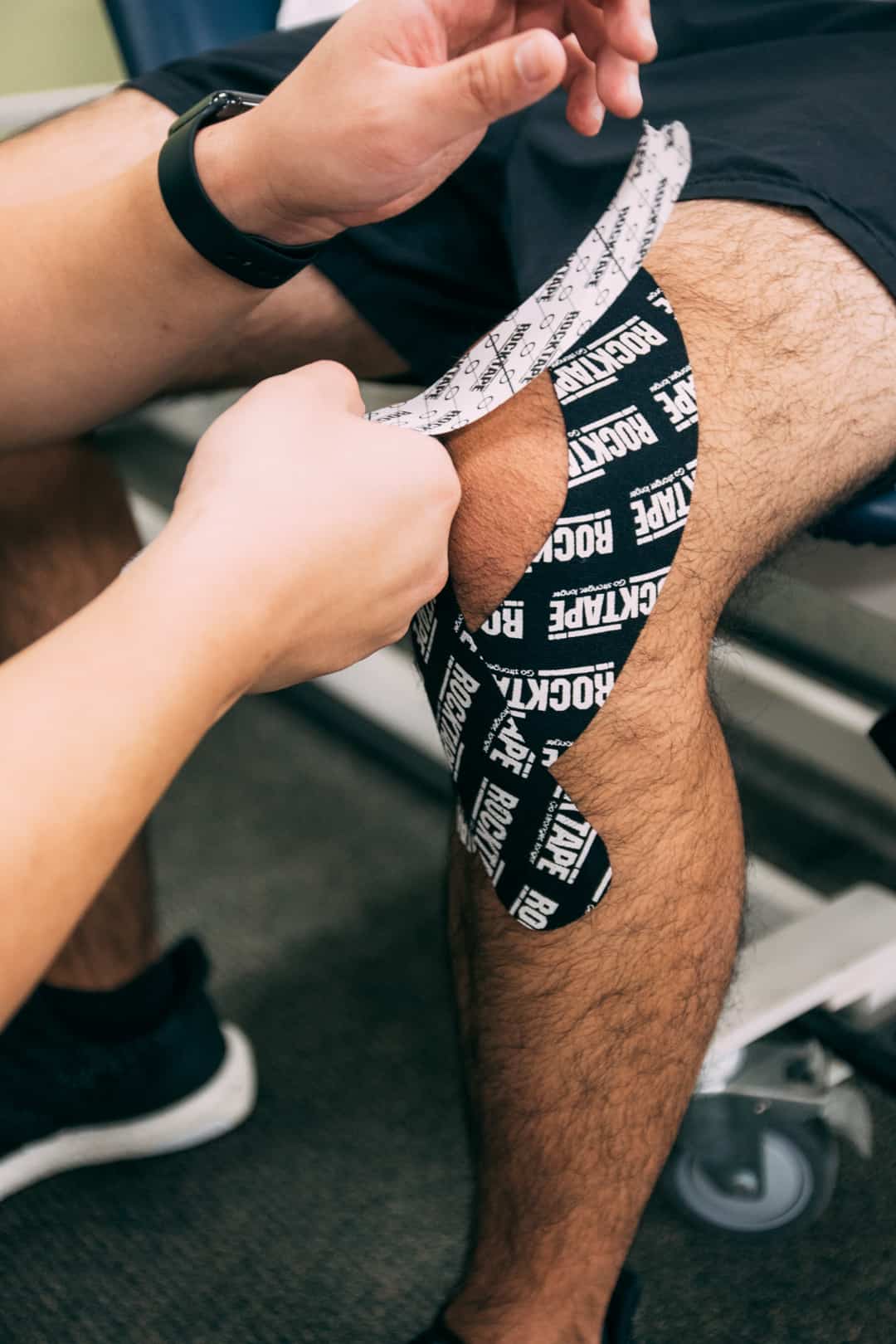Who We Are
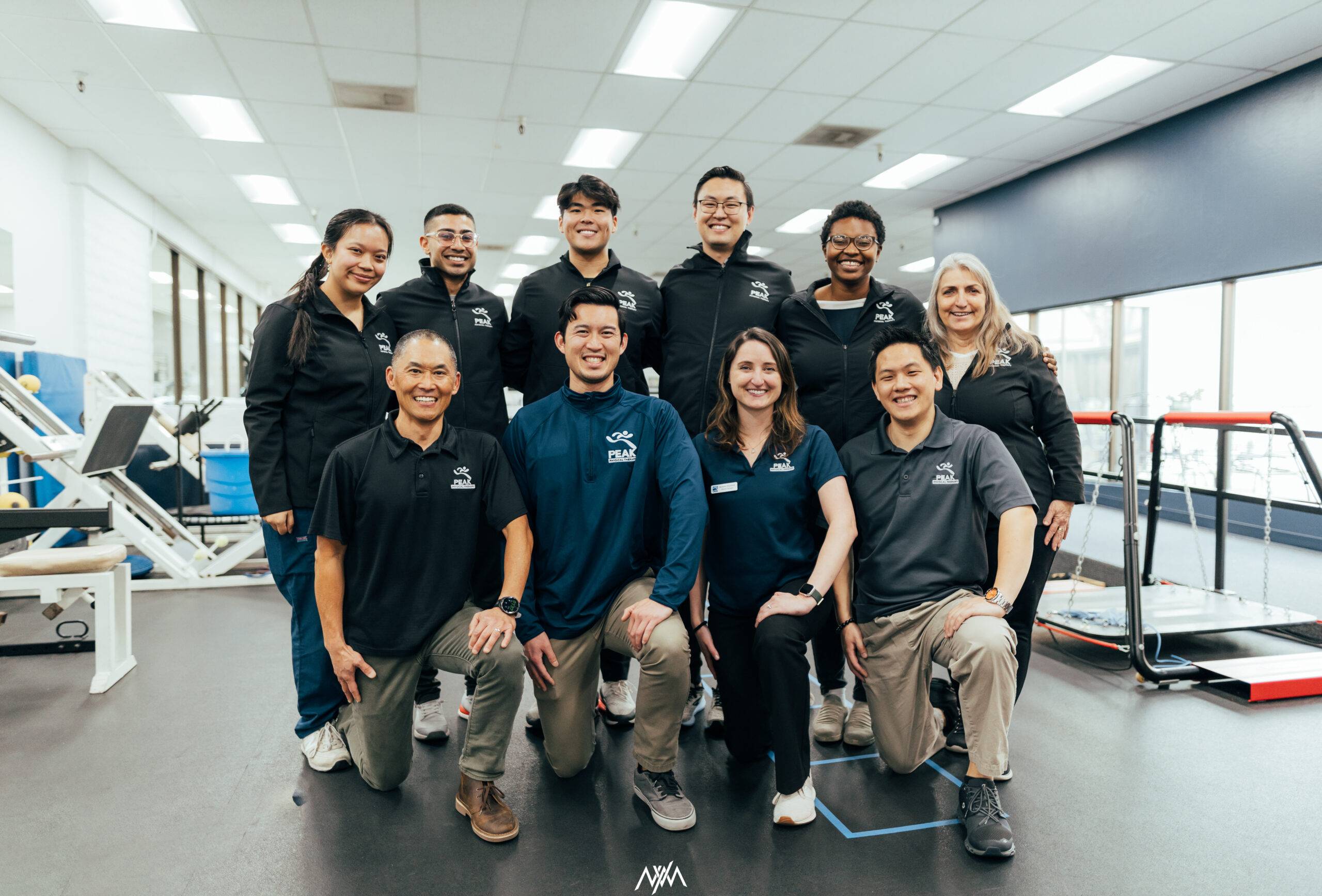
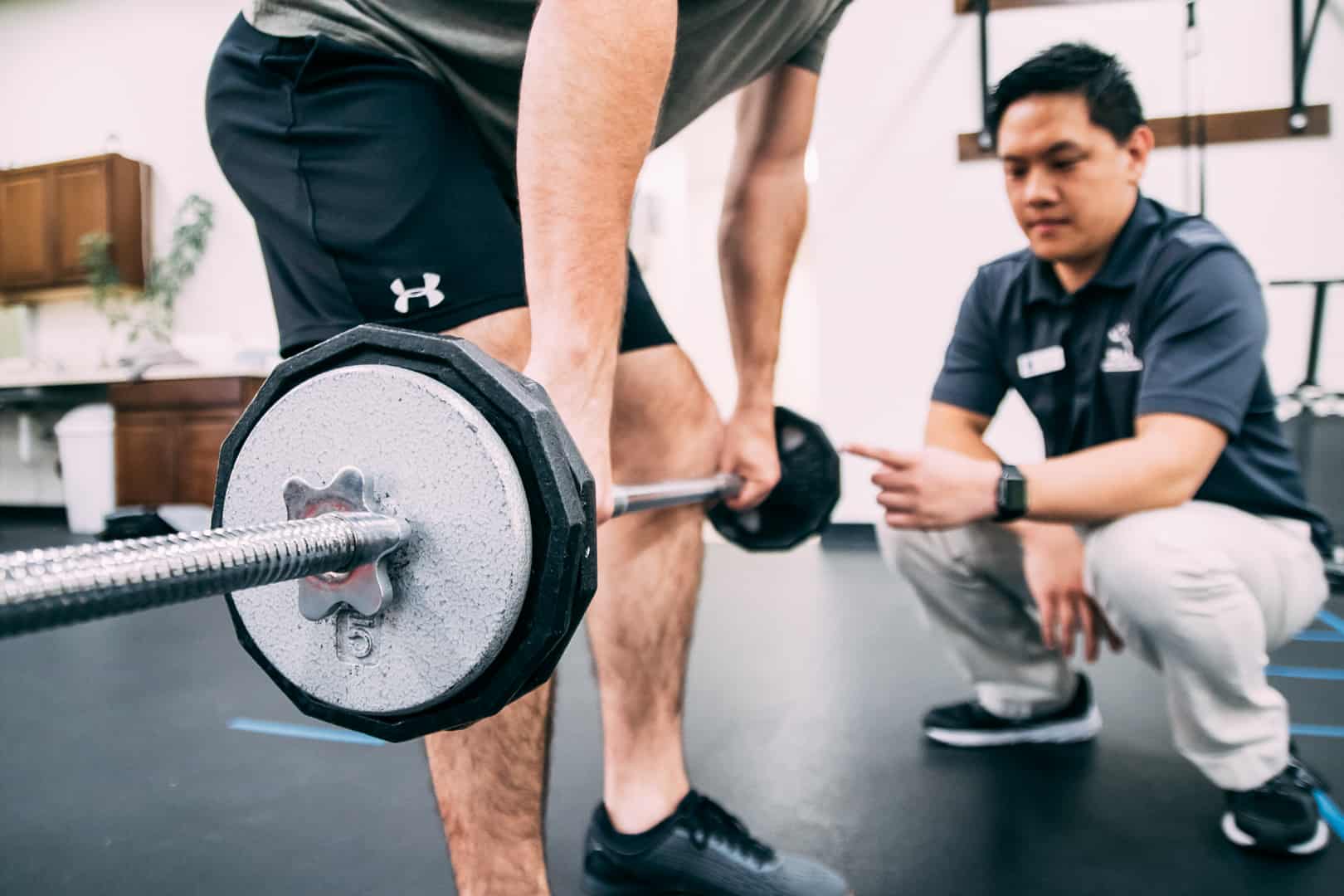
Our Story
Peak Physical Therapy is proud to provide our everyday patients with the same elite standard of care, expertise and treatment as we do the professional and college athletes who also count on us. No matter your competitive level, Peak therapists are passionate about getting you better – and doing so with the most effective methods available. All of our therapists hold advanced certifications in orthopedics, strength and conditioning, and Pilates. We take a sports-oriented approach to treatments, utilizing state-of-the-art methods, techniques and equipment based on the latest research. Because of their expertise with elite athletes, Peak therapists are able to treat common injuries to obtain optimum healing results for ordinary people. And we impart to you the knowledge to take control of your own personal care and improvement routine.
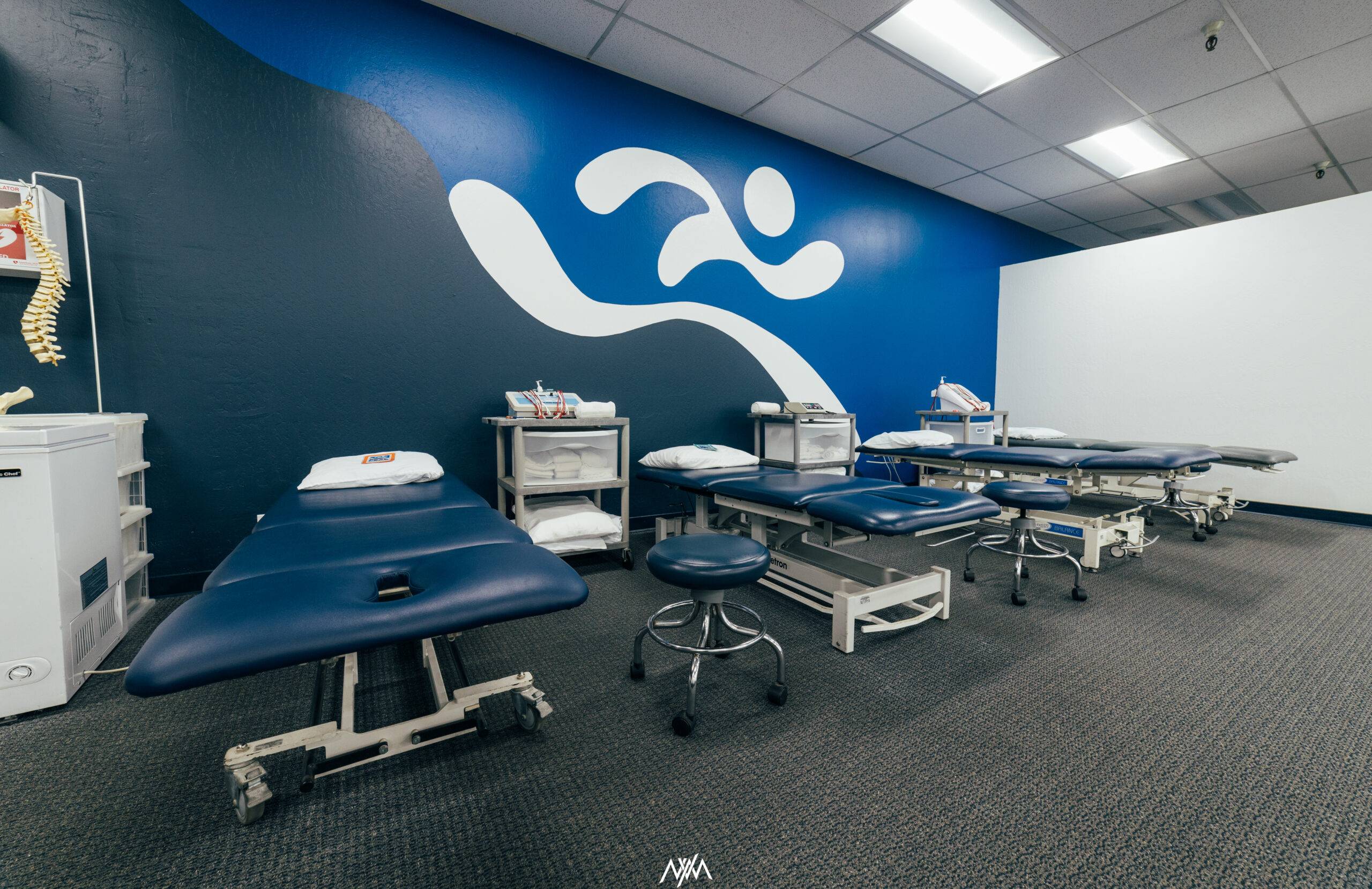
Based in Community, Grown in Service
Peak founder Garrett Akahoshi has been a vital member of Cupertino and the surrounding community for 40 years. Growing up in Saratoga, Garrett attended nearby Lynbrook High School, and is now proud to oversee a physical therapy clinic that keeps the people and organizations that surround it close to heart. From professional sports clubs to local groups and charities; from pro athletes to weekend warriors; from the exam room to the playing field, Peak and its therapists are pleased to give the same high-quality effort in all that we do.
Our Mission & Vision
Peak Physical Therapy is a private physical therapy clinic that provides a comprehensive combination of rehabilitation, health, fitness and sports performance services. Located in Cupertino, we are a patient-centered community of caregivers with a singular goal of helping you get better by carefully listening to you and understanding your goals and concerns. In this way, we are able to provide individualized treatments geared toward the needs of each unique patient. It is our hope to empower you and teach you how to manage and improve your physical condition.
Peak Core Values:
- Give a little bit more than expected
- Love what you do
- Inspire each other
- Make an impact, be a great example
- Together, we achieve uncommon results
Getting you back at the top of your game as soon as possible. The Peak Priority
In the face of injury and hampered performance, Peak knows quitting is not an option. As Ironman triathletes, marathon runners, Pilates instructors and former college athletes ourselves, Peak therapists are intimately familiar with the fire to fight on that burns inside all competitors. Where other, non-athletic therapists may quash that flame with needlessly slow progress or suggestions to quit altogether, we stoke it with a unique pairing of safe, efficient treatments and seasoned know-how from both in the clinic and on the field. It takes a therapist with matching drive and dedication to understand your need to recover and improve in the most efficient manner possible. Because Peak therapists are out there, too, we know firsthand what it should feel like when you’re working hard. We also know what it’s like to be injured and how important it is to return swiftly to the things we love to do. And that’s exactly what we want for you.
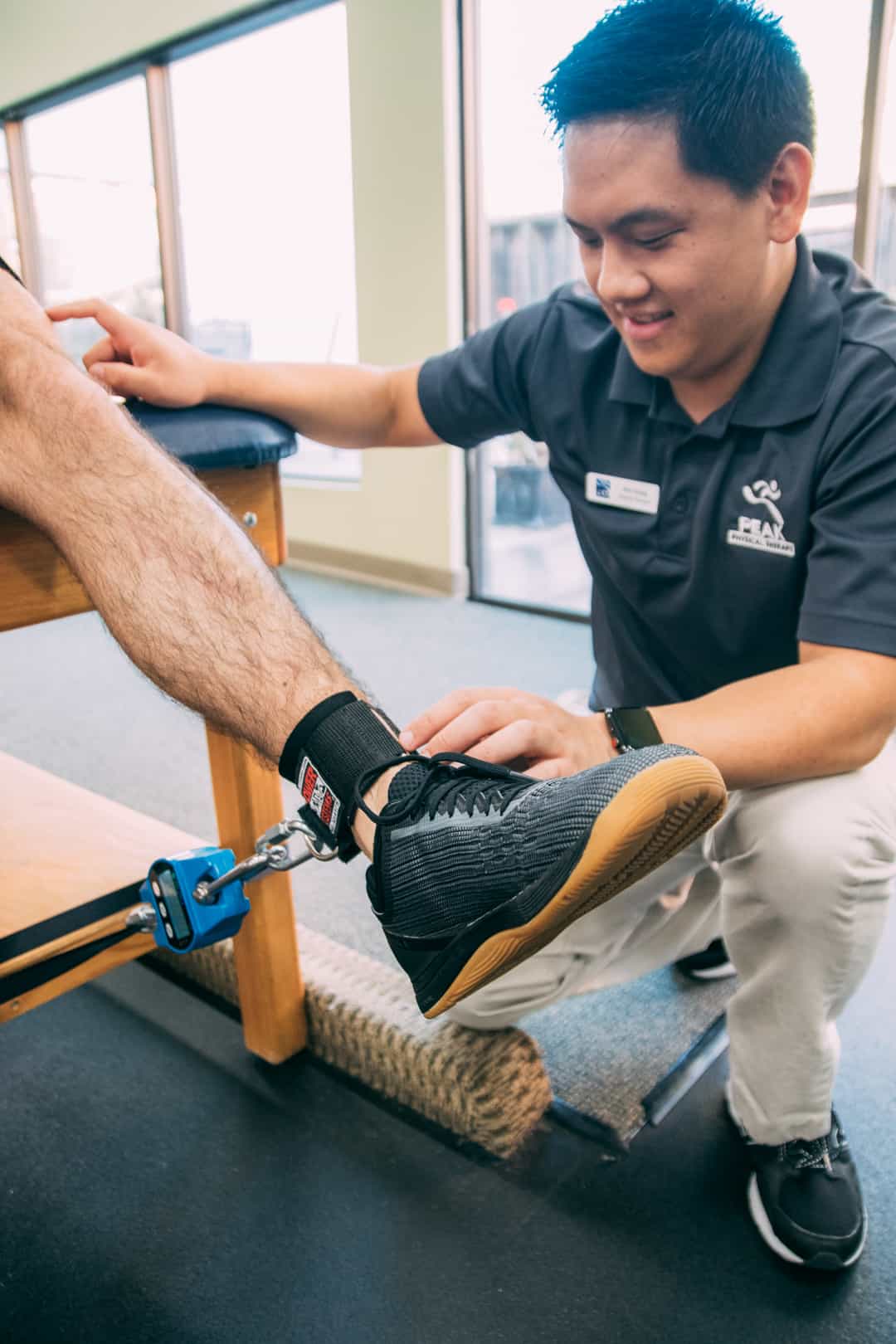
What We Do
Sports Medicine
Orthopedic Rehabilitation
Neck and Back Rehabilitation
Hand Therapy
TMJ Dysfunction
Treatment of Repetitive Stress
Pre and Post Surgical Rehabilitation
Manual Therapy
Treatment of Motor Vehicle Injuries
Work Conditioning
Supervised Gym Program
Ergonomic Evaluations
Frequently Asked Questions
What do Physical Therapists do?
Physical Therapists are experts in movement and function, so they do not confine their talents to only treating people who are ill. A large part of a Physical Therapist’s program is directed at preventing injury, loss of movement, and even surgery. Physical Therapists work as consultants in industrial settings to improve the design of the workplace and reduce the risk of workers overusing certain muscles or developing lower back pain. They also provide services to athletes at all levels to screen for potential problems and institute preventive exercise programs.
The cornerstones of Physical Therapy treatment are therapeutic exercise and functional training. In addition to “hands-on” care, Physical Therapists also educate patients to take care of themselves and to perform certain exercises on their own. Depending on the particular needs of a patient, Physical Therapists may also “mobilize” a joint (that is, perform certain types of movements at the end of your range of motion) or massage a muscle to promote proper movement and function. Physical Therapists also use methods such as ultrasound (which uses high frequency waves to produce heat), hot packs, and ice.
Most forms of Physical Therapy treatment are covered by insurance, but the coverage will vary with each plan. Most states do not legally require patients to see their physicians before seeing a Physical Therapist (Direct Access). Most of the time all you have to do is ask your doctor if Physical Therapy is right for you.
Why is Physical Therapy a good choice?
More than half of all Americans are suffering from pain. Whether it is acute pain or chronic pain, there’s a ton of evidence showing that pain in America is a widespread problem that commonly results in sick days from work, and can be a precursor to opioid use and dependency. However, many do not even know that Physical Therapists are well equipped to not only manage pain but also its source.
Physical Therapists are experts at treating movement and neuro-musculoskeletal disorders. Pain often accompanies a movement disorder, and Physical Therapists can help correct the disorder and relieve the pain.
Why should I choose a private practice Physical Therapist?
Would you prefer treatment from a Physical Therapist (PT) who works for a physician or one that owns a private practice? We leave it up to you to draw your own conclusions but here are some facts from three different studies:
Results indicate there were more treatments, and the cost was greater for those patients that attended a physician-owned Physical Therapy practice vs. private physical therapy practice (visits per patient were 39% to 45% higher in physician-owned clinics; and both gross and net revenue per patient were 30% to 40% higher in physician-owned clinics).
Results indicate that licensed and non-licensed Physical Therapy providers spent less time with each patient in physician-owned clinics, and more often, Physical Therapy Assistants were substituted for Physical Therapists.
Results concluded that “Therapists who had treated patients through Direct Access were significantly more likely to believe that Direct Access had benefited them professionally and benefited their patients than were Therapists who had not practiced through Direct Access.”
At Professional, we believe we can provide you with the highest quality of care available and do it in a cost-effective manner. You will work closely with your Physical Therapist and in most instances, your treatment will be managed by the same Physical Therapist from the beginning to the end of your experience with us.
References:
Mitchell, J., Scott, E., Physician Ownership of Physical Therapy Services: Effects on Charges, Utilization, Profits, and Service Characteristics, Journal of the American Medical Association, 1992.
“Joint Ventures Among Health Care Providers in Florida,” State of Florida Health Care Cost Containment Board, 1991.
Domholdt E, Durchholz AG. Direct access use by experienced therapists in states with direct access. Phys Ther. 1992 Aug;72(8):569-74.
Federal Office of the Inspector General May 1, 2006 – This report calls into question billing processes done by non-physical therapist owned practices.
Is Physical Therapy painful?
For many patients, one of the primary objectives is pain relief. This is frequently accomplished with hands-on techniques and modalities such as ultrasound, electrical stimulation, and/or heat or cold therapy. Movement often provides pain relief as well. Your Physical Therapist will provide you with the appropriate exercises not only for pain relief, but to recover range of motion, strength, and endurance.
In some cases, Physical Therapy techniques can be painful. For example, recovering knee range of motion after total knee replacement, or shoulder range of motion after shoulder surgery, may be painful. Your Physical Therapist will utilize a variety of techniques to help maximize your treatment goals. It is important that you communicate the intensity, frequency, and duration of pain to your Therapist. Without this information, it is difficult for the Physical Therapist to adjust your treatment plan.
Can my Physical Therapist provide me with a diagnosis?
In most states, physical therapists cannot make a medical diagnosis. This is something that your physician will provide for you. While physical therapists are important members of your medical team, physicians are typically the healthcare providers that will provide you with a medical diagnosis.
Is my Physical Therapist licensed?
Physical Therapists (PTs) and Physical Therapist Assistants (PTAs) are licensed by their respective states.
Are services available for those who don't speak English?
Yes, we have a physical therapist that is fluent in Mandarin.

